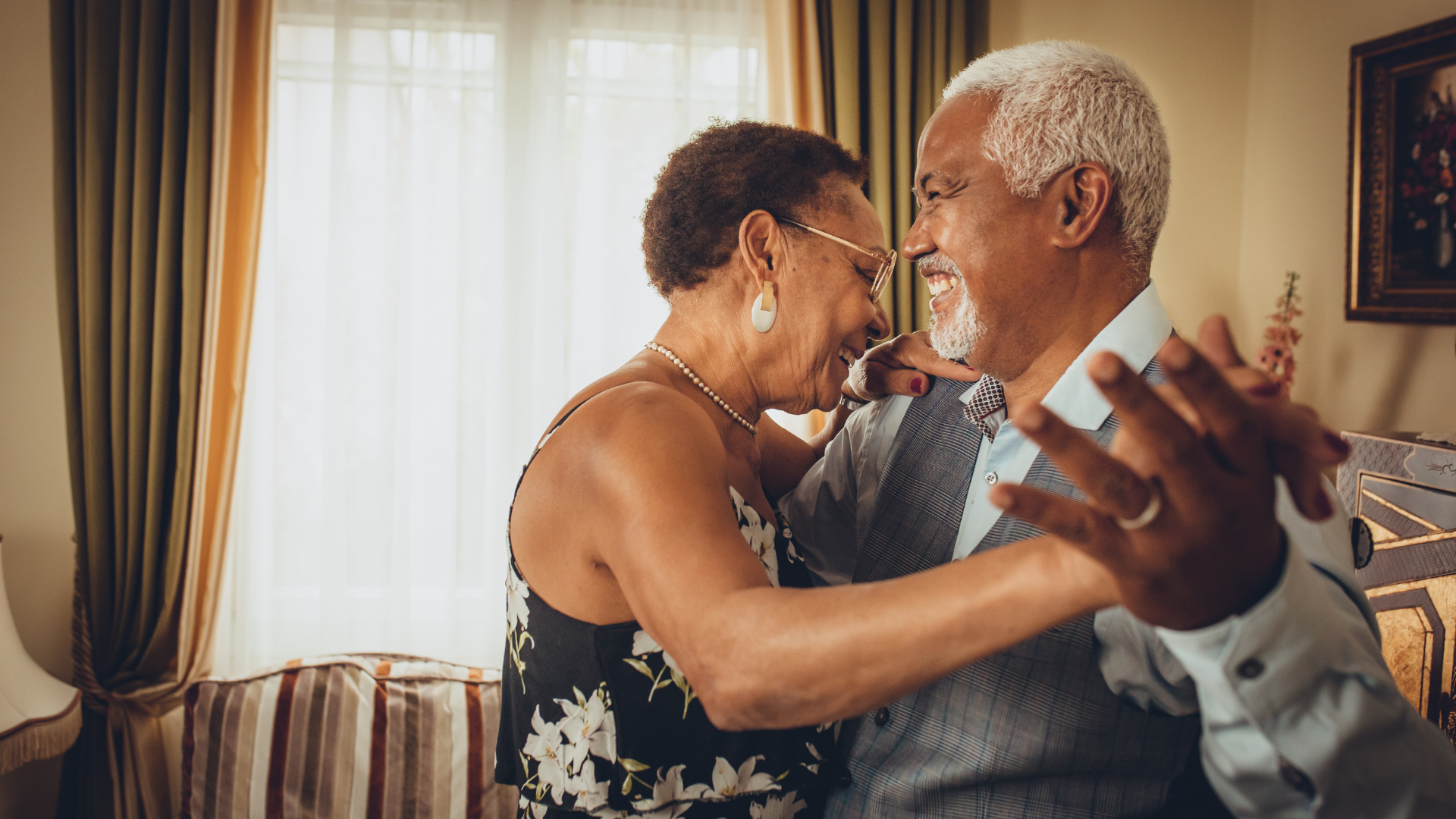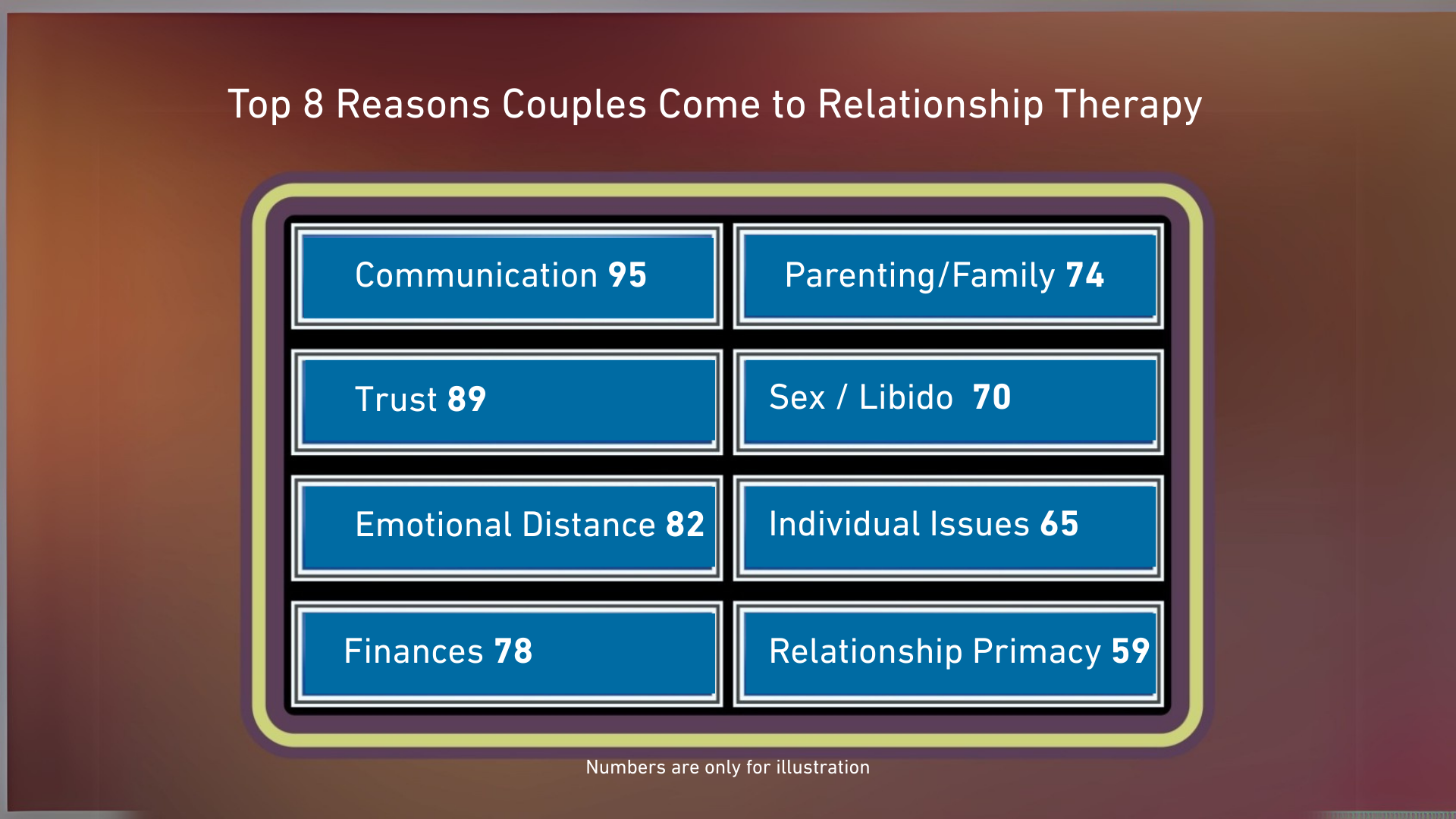Relationships aren’t just about love, commitment, and whose turn it is to do the dishes. They’re about patterns—deep, ingrained habits that dictate how we connect, argue, and (sometimes) unintentionally push each other away. And if you don’t know your attachment style, you’re navigating relationships without a map.
So, let’s break it down—why attachment styles matter and how understanding yours can improve your relationship.
What is an Attachment Style?
Attachment styles are the emotional blueprints for how you bond with people. Psychologist John Bowlby first explored them, and they boil down to four main categories: secure, anxious, avoidant, and disorganized. These styles are shaped by childhood experiences and go on to influence how we handle intimacy, conflict, and emotional security in adulthood.
Your attachment style influences how you respond to emotional closeness, deal with misunderstandings, and interpret your partner’s behaviour. If you’ve ever wondered why certain relationship patterns keep repeating, your attachment style might hold the answer.
The Four Types of Attachment: Which One Resonates With You?
1. Secure Attachment: The Relationship Navigators
People with secure attachment feel comfortable with intimacy and independence. They communicate openly, trust easily, and handle conflict in a balanced way. If you’re secure, you likely had consistent, supportive caregivers growing up, and now you approach relationships with a healthy level of confidence.
2. Anxious Attachment: The Overthinkers
If you often worry about your partner’s commitment, crave reassurance, or feel unsettled when you don’t get a quick response to a text, you might have an anxious attachment style. This often develops when childhood caregivers were inconsistent—sometimes loving, sometimes distant—leading to a strong need for validation in adulthood.
3. Avoidant Attachment: The Lone Wolves
Do you value independence above all else? Feel uncomfortable with too much closeness? Struggle to open up emotionally? These traits suggest an avoidant attachment style, which usually stems from childhood experiences where caregivers were emotionally unavailable, leading you to rely primarily on yourself.
4. Disorganized Attachment: The Push-Pull Dynamic
This style is a mix of both anxious and avoidant tendencies, leading to a cycle of craving closeness but also fearing it. Often linked to chaotic or unpredictable caregiving in childhood, it can make emotional connections challenging but not impossible to overcome with awareness and effort.
How Attachment Styles Influence Relationships
The Classic Anxious-Avoidant Cycle
A common dynamic in relationships is when an anxious person pairs with an avoidant one. The anxious partner craves closeness, while the avoidant partner needs space, leading to a frustrating push-pull cycle. Recognising this pattern can help couples approach conflict with greater understanding and less frustration.
Conflict as a Bid for Connection
Many arguments aren’t really about the issue at hand—they’re about attachment. A complaint or disagreement is often a way of seeking reassurance or connection. Reframing conflict in this way helps reduce defensiveness and encourages healthier communication.
How to Build a More Secure Attachment
1. Understand Your Attachment Style
Identifying your patterns is the first step toward change. Self-awareness helps you recognise why you react the way you do in relationships.
2. Communicate Clearly and Honestly
Open, direct communication fosters emotional safety. Instead of resorting to passive-aggressive behaviour or avoidance, express your needs and feelings clearly.
3. Offer and Accept Reassurance
If your partner has an anxious attachment, small gestures of reassurance go a long way. If they’re avoidant, respect their need for space while maintaining emotional connection.
4. Get Comfortable with Discomfort
If you tend to avoid emotions, challenge yourself to be more vulnerable. If you’re anxious, practice self-soothing techniques instead of always seeking external validation.
5. Seek Professional Guidance
Therapy or coaching can be a game-changer in understanding and shifting attachment patterns. There’s no shame in seeking support to improve your relationship dynamics.
Earned Secure Attachment: The Goal
The great news? Even if you didn’t start with a secure attachment style, you can develop one over time. Through self-awareness, intentional effort, and healthy relationship experiences, it’s possible to shift toward a more secure way of relating to others.
At the end of the day, relationships thrive not just by choosing the right partner, but by becoming the kind of partner who fosters a secure, trusting connection.
Ready to Transform Your Relationship?
Understanding your attachment style is the first step to building stronger, healthier relationships. Our online course, Understanding Attachment Styles and Their Impact on Your Relationship, is designed to help you uncover your patterns, break unhealthy cycles, and develop stronger emotional bonds.
✅ Learn practical tools to improve communication
✅ Gain insights into your relationship dynamics
✅ Work towards a more secure attachment style
Sign up today and start building the relationship you deserve!







